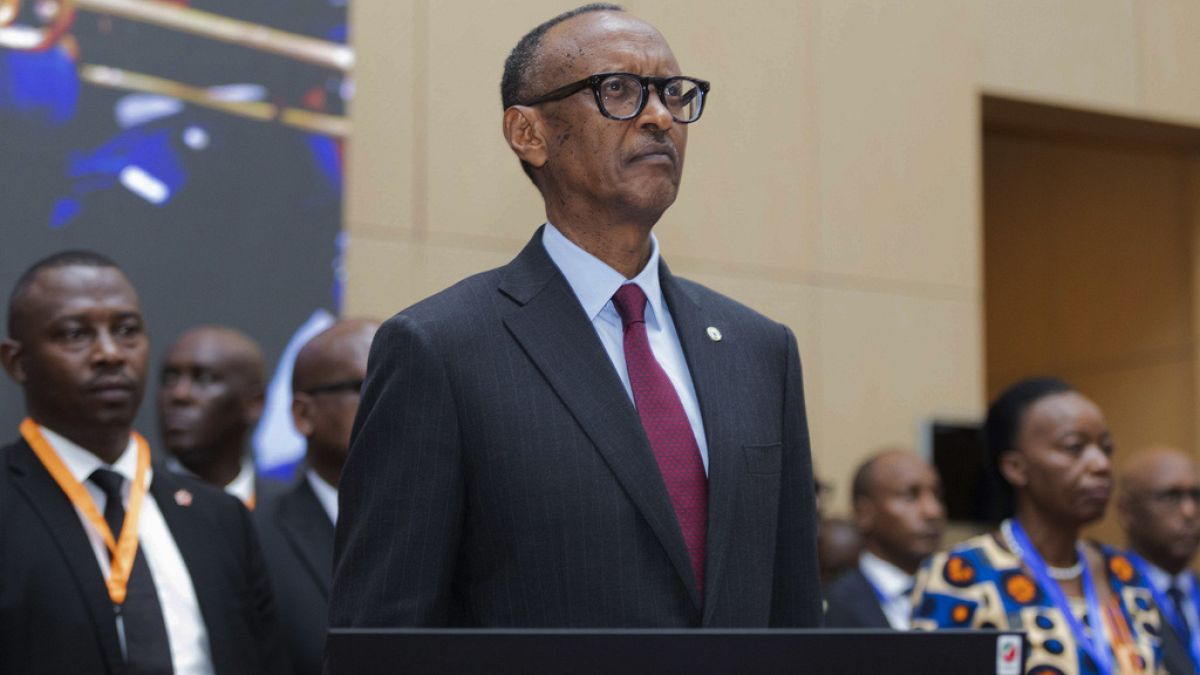Sweden's Push for EU Membership in CPTPP: A Strategic Shift in Global Trade Dynamics
Sweden is advocating for the European Union's inclusion in the CPTPP, marking a strategic pivot in the bloc's global trade approach. This move signals Sweden’s intent to diversify EU trade partnerships beyond traditional Western alliances, tapping into the fast-growing Asia-Pacific region. The article explores the geopolitical implications, economic motivations, and potential impact on EU trade policy.

Sweden is quietly reshaping the global trade narrative by advocating for European Union (EU) membership in the Comprehensive and Progressive Agreement for Trans-Pacific Partnership (CPTPP). At first glance, this may appear as an improbable ambition. However, a closer examination reveals that Sweden’s push represents more than just a trade adjustment. It signals a strategic shift in how Europe could engage with the world’s fastest-growing economic bloc. As the global economic center of gravity shifts toward the Indo-Pacific, Sweden's initiative carries weight beyond trade—it’s a statement of intent. This move could have far-reaching implications for Europe’s future in global economic power.
The CPTPP and Why It Matters to the EU
The CPTPP, consisting of 11 countries from Asia-Pacific and the Americas—including Japan, Canada, Australia, and Vietnam—represents nearly 13% of global GDP. More importantly, it is evolving as a forward-looking trade framework, going beyond traditional agreements to cover areas often neglected by older pacts. These include digital trade standards, intellectual property protections, labor and environmental safeguards, and investor-state dispute mechanisms. Unlike conventional trade deals, the CPTPP creates a flexible, adaptive economic framework designed for 21st-century commerce.
Historically, Europe has leaned on its transatlantic alliances, particularly with the United States. However, rising protectionism and policy divergence have strained these ties. Meanwhile, the Indo-Pacific region is emerging as the world’s economic powerhouse. Despite this, the EU does not have membership or formal observer status in the CPTPP. Yet, the pact is open to expansion, with countries like the UK already having joined post-Brexit. Membership in the CPTPP would grant the EU access to rapidly growing markets, particularly in Southeast Asia, and would help reduce reliance on traditional trading partners. The CPTPP is no longer just a "nice-to-have" for global players—it is becoming a strategic necessity for the EU to shape global trade rules actively.
Sweden’s Strategic Push for EU Inclusion
Sweden, known for its advocacy of open markets and multilateralism, is leading the charge for EU participation in the CPTPP. This push is more than just about trade access; it reflects Sweden’s understanding of global economic trends and its desire to keep the EU competitive on the global stage. Sweden's export-driven economy is deeply embedded in global supply chains, making it keenly aware that agility is essential.
In light of increasing geopolitical risks and global trade disruptions, the CPTPP offers Sweden and the EU several advantages. These include access to high-growth economies in Southeast Asia and the Pacific Rim, a hedge against geopolitical risks related to Russia, China, and transatlantic volatility, and strengthened digital trade channels to support Sweden’s thriving tech sector. Additionally, it offers opportunities to promote sustainable trade practices, aligning with EU Green Deal objectives. Sweden’s push aligns with this moment of opportunity, urging the EU to future-proof its global presence.
Opportunities and Challenges Ahead
Sweden’s push for EU membership in the CPTPP holds significant promise, but it also faces several challenges. Internally, the EU has long been divided on trade liberalization, with some member states resistant to joining the CPTPP, particularly those with protectionist views or concerns about regulatory changes in areas like agriculture, labor laws, and state aid. Geopolitical considerations also complicate matters. The EU must carefully navigate its relationships with China, the US, and other countries as it seeks to join the CPTPP. The geopolitical balance between Europe and China could be delicate, especially given the EU's existing trade dynamics with Beijing.
Furthermore, the CPTPP includes various regulations and standards that may conflict with EU norms, particularly around intellectual property, data privacy, and labor rights. Aligning EU laws with the CPTPP’s standards would require significant adjustments and potentially challenging negotiations.
Sweden’s push for EU membership in the CPTPP is a call for Europe to adapt to a rapidly changing global economy. The opportunities are clear: access to high-growth markets, leadership in digital trade, and the ability to shape sustainability standards. However, challenges—such as internal divisions, geopolitical sensitivities, and regulatory hurdles—must be addressed. With the global economy evolving swiftly, Europe cannot afford to remain passive. If the EU successfully joins the CPTPP, it could secure its place at the center of the Indo-Pacific's economic future, reshaping global trade dynamics. The future of EU trade will be shaped by the choices made today—will Europe seize this opportunity, or watch from the sidelines as the global trade landscape continues to evolve?















































